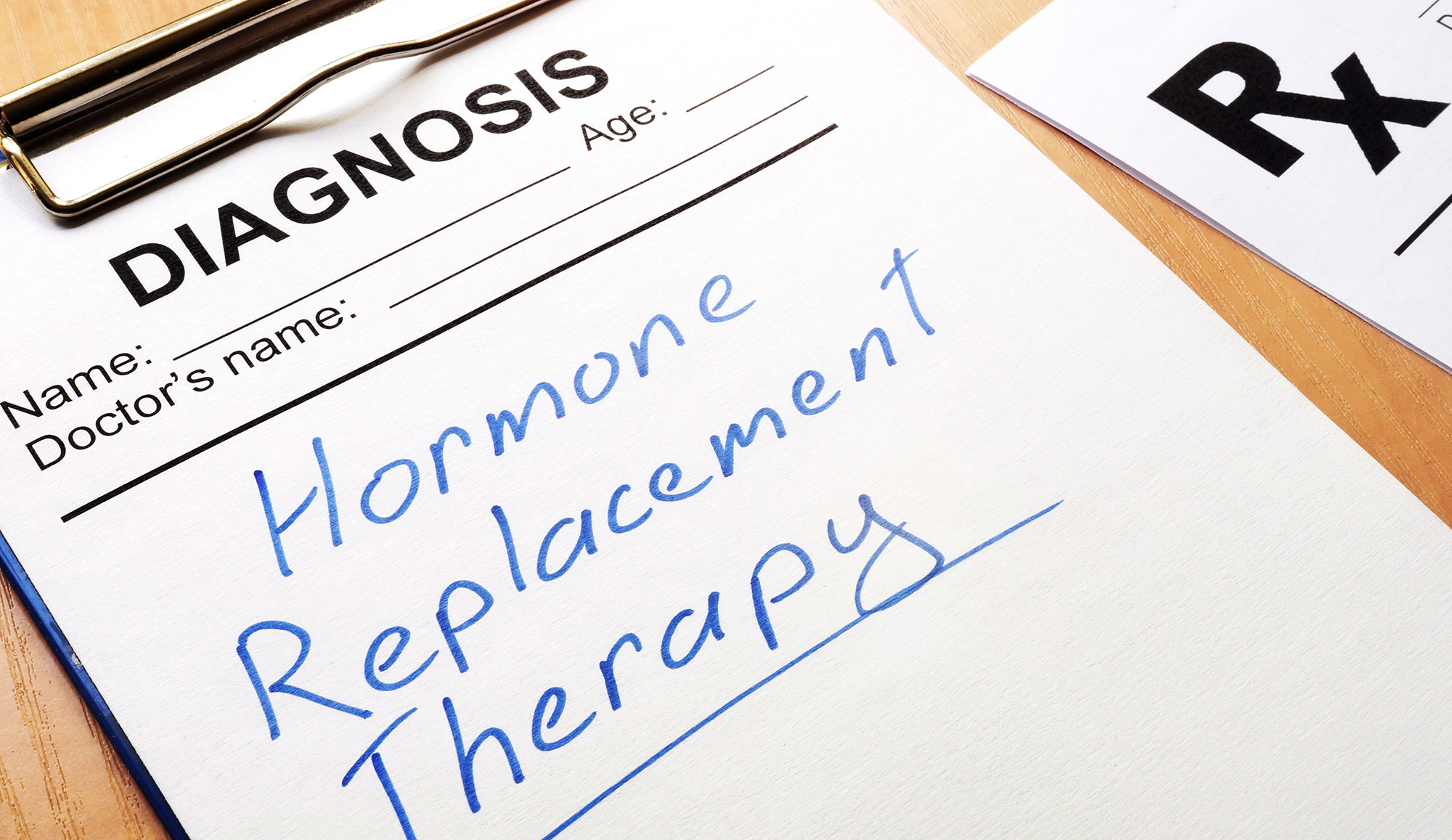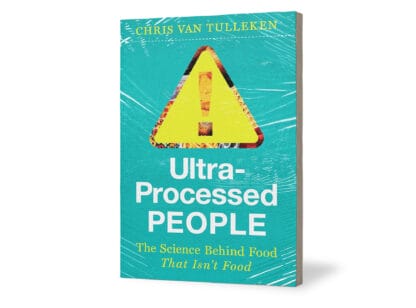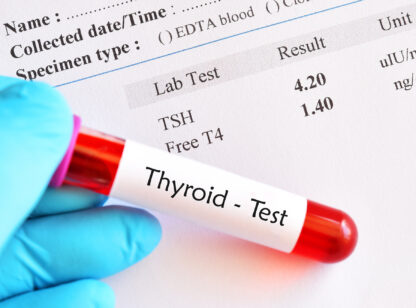Women, have you ever experienced any of the following symptoms – weight gain despite exercising and a good diet, low libido, dry skin, hair thinning, hot flashes or night sweats? Or maybe you’ve been dealing with horrible sleep quality, brain fog or difficulty with memory and cognition. Then this article may be for you.
As we age the hormones that control our metabolism, our sleep patterns, our skin health and so much more all start to decline. It has also been reported that when a woman’s level of estrogen drops as it does with menopause, inflammation in the body can increase and brain function can decline, possibly increasing incidence of dementia.
Years of health care and media have told us that these symptoms are simply a part of aging, something which most women have to endure. But are weak bones, elevated blood pressure, horrible sleep, and no sex drive something we want to live with? I’d rather not if I don’t have to, and this is where hormone balancing comes in.
There are two main styles of hormone replacement therapy (HRT): static dosing and rhythmic dosing. Static means the woman is essentially given the same amount of hormone all throughout the month. Rhythmic HRT follows the natural cycle of a woman’s sex hormone production prior to menopause and is also known as “bio-mimetic” (mimicking human biology).
Rhythmic dosing was first developed by T.S. Wiley, a medical researcher and the author of Sex, Lies, and Menopause and Lights Out: Sleep, Sugar and Survival. There are pros and cons to each style of HRT; static is simpler in that the woman takes the same dose daily. However, some women have not achieved optimal results with static dosing and feel better following the natural rhythm of hormone production from when they were in the their 20s. With rhythmic HRT, women with a uterus will return to having a light menses monthly and will need to follow their dosing calendar closely to ensure they apply the correct amount of hormones daily.
One of the most common myths about hormone replacement therapy is that it may increase the risk of cancer as reported by the Women’s Health Initiative research study in the early 2000s. However, the study only assessed the effects of synthetic HRT, such as Premarin, while bio-identical HRT has not demonstrated the same concerns.
So which style of HRT is the better option? Well, rhythmic HRT is a newer practice in comparison to static, but is showing great anti-aging results and is considered by supporters to be the most natural way to dose hormones.
Think this approach to longevity may be right for you? For post-menopausal women, recreation of their cycle would follow the lunar calendar, which starts January 10, 2019. However, it is recommended that you speak with a health practitioner trained in rhythmic hormone replacement therapy to see if you are a candidate.
Dr. Rodriguez is a naturopathic doctor with Pure Health in Palm Springs and can be reached at (760) 322.2520. For more information, visit www.purehealthmedicine.com.
Sources: 1) Kantarci, Kejal., et al. Brain structure and cognition 3 years after the end of early menopausal hormone therapy trial. American Academy of Neurology. March 21, 2018. http://doi.org/10.1212/WNL.0000000000005325; 2) Lobo, Roger A. Hormone-replacement therapy: current thinking. Nature Reviews Endocrinology 13, 220-231 (2017). Published: 07 October 2016; 3) Pike, Christian J. Sex and the development of Alzheimer’s disease. Journal of Neuroscience Research. 07 November 2016. http://doi.org/10.1002/jnr.23827














































Comments (0)